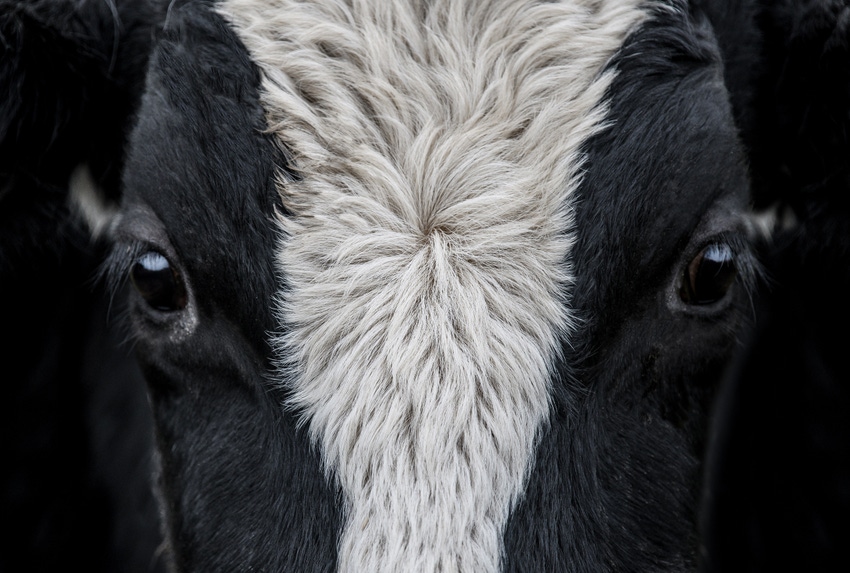New test for Johne’s disease could be game changer
Test promises to be both more rapid and sensitive in detecting Johne's disease infectious agent.
November 30, 2020

A promising new test for Johne’s disease in dairy cattle has been developed at the Institute for Global Food Security (IGFS) and School of Biological Sciences at Queen’s University Belfast.
The new test promises to be both more rapid and sensitive in detecting the Johne's disease infectious agent -- Mycobacterium avium subspecies paratuberculosis (MAP) -- in veterinary specimens and is showing greater detection capability than the milk enzyme-linked immunosorbant assay (ELISA) test that is currently used. Crucially, it detects live infectious agent, not just antibodies against MAP, as the milk-ELISA does, the university said in an announcement.
In a recent study, the new test was able to detect more infected animals by milk testing than milk-ELISA and could potentially facilitate control of Johne's disease faster, the university said. As well as bovine milk, the new test can also be applied to feces and blood from livestock.
The test was developed by professor Irene Grant and her post-doctoral researcher Dr. Antonio Foddai at IGFS, and their research was published in the open-access journal Applied Microbiology & Biotechnology. They hope to now move to the applied stage of the science with further development and validation of their test for MAP infection at the farm level.
"I hope our test will offer more accurate, rapid and quantitative results and, therefore, help farmers and vets make more informed decisions about the infection status of animals in order to control the disease more effectively within herds," Grant said.
The new test for Johne’s disease was developed as part of an Agri-Food Quest Competence Centre project and was a collaboration among IGFS, AgriSearch, Biorex Food Diagnostics and Dale Farm.
You May Also Like



